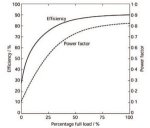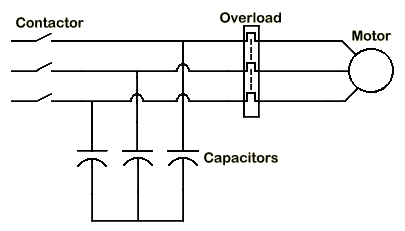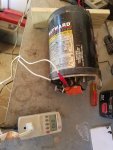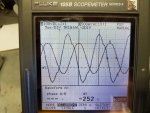- May 3, 2007
- 17,077
- Pool Size
- 20000
- Surface
- Plaster
- Chlorine
- Salt Water Generator
- SWG Type
- Hayward Aqua Rite (T-15)
VS pumps maybe but pumps with induction motors have a power factor that varies with load. Usually induction motors don't get much about 0.8-0.9 PF at maximum. This will drop off with an operating point that moves to the left of the head curve.Pumps using a capacitor should have a power factor of about 1.0.
For industrial applications, they will sometimes add a capacitor bank to shift the line current so the facility has a PF of one but that is mandated by the power company. They generally don't require that for residential power.







